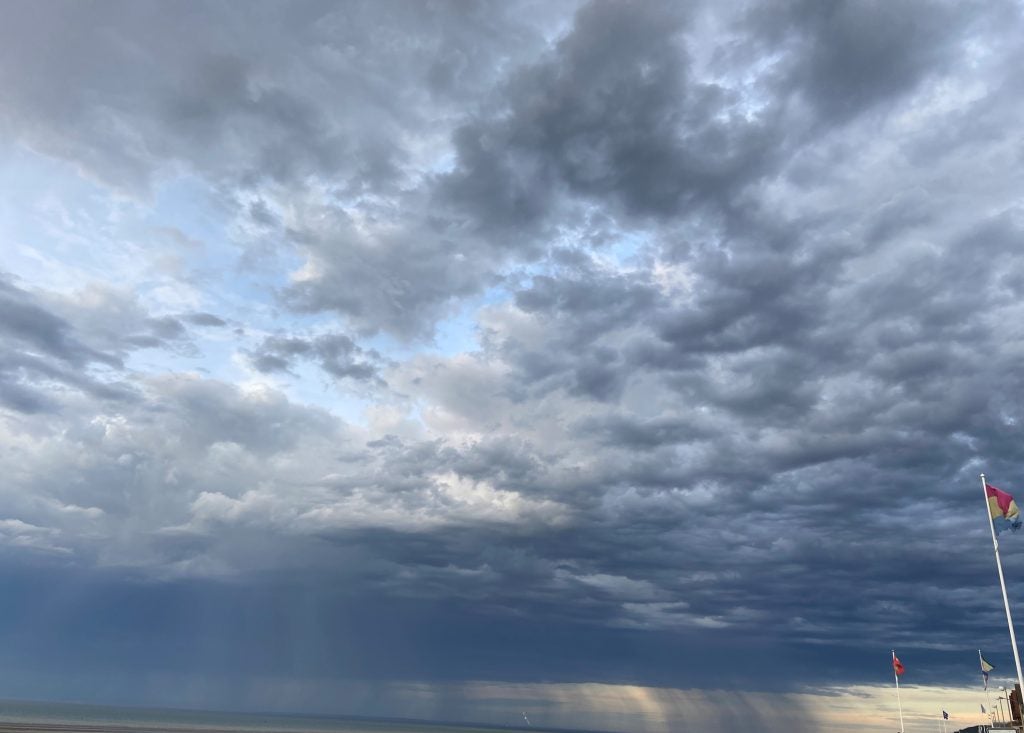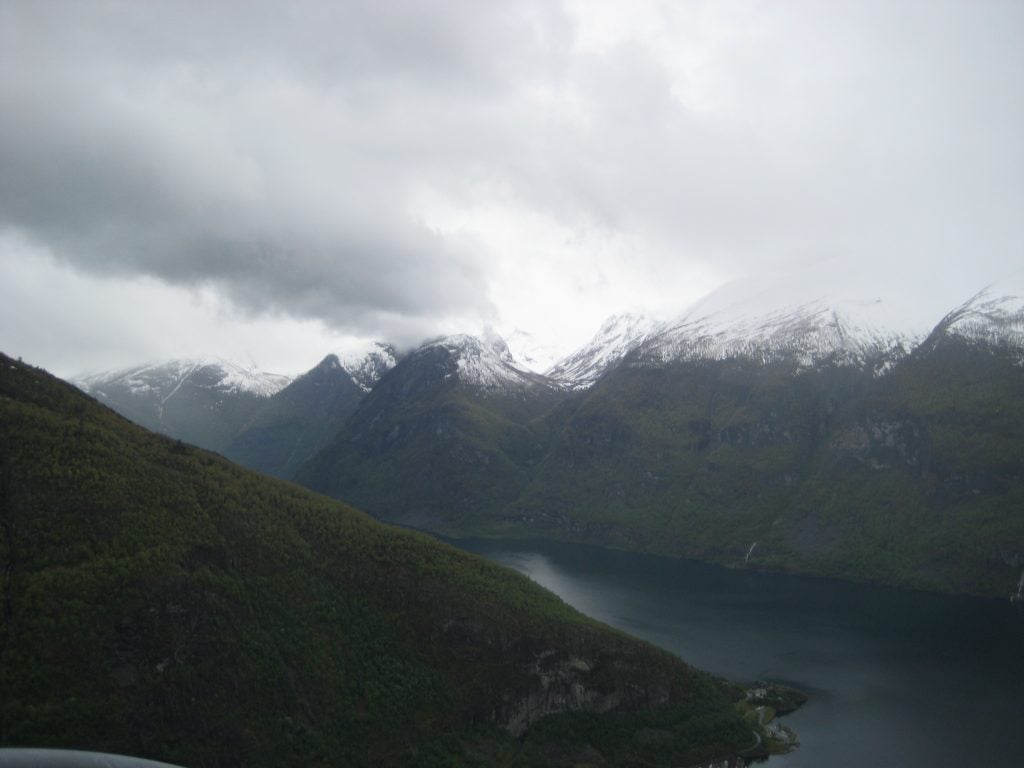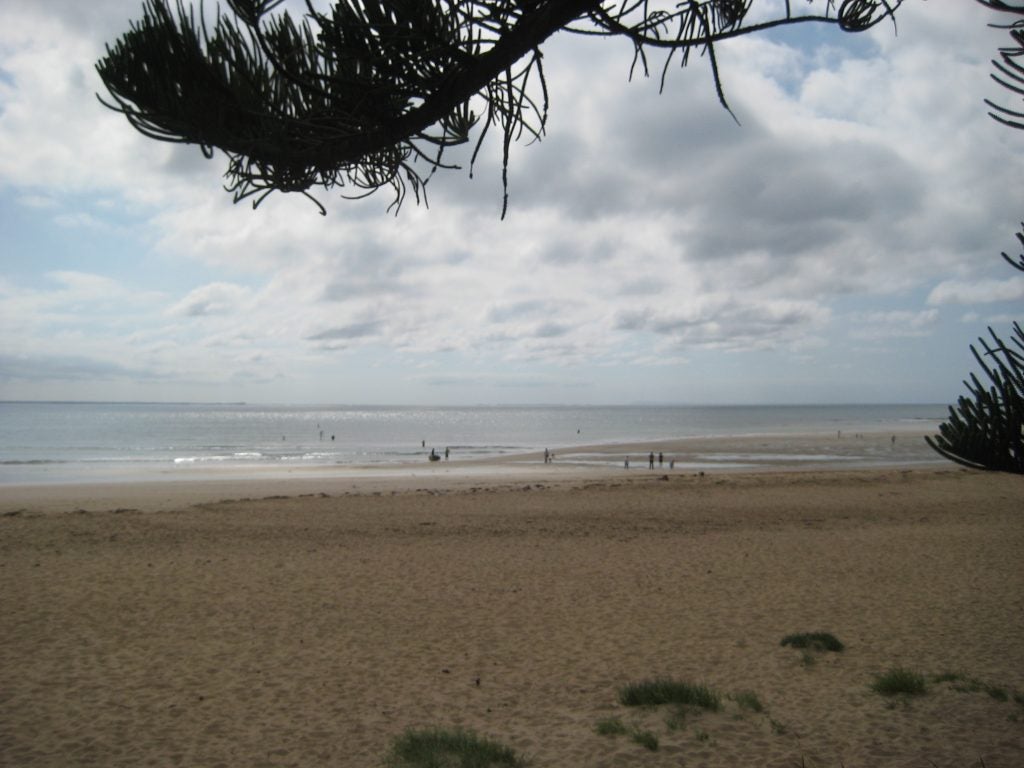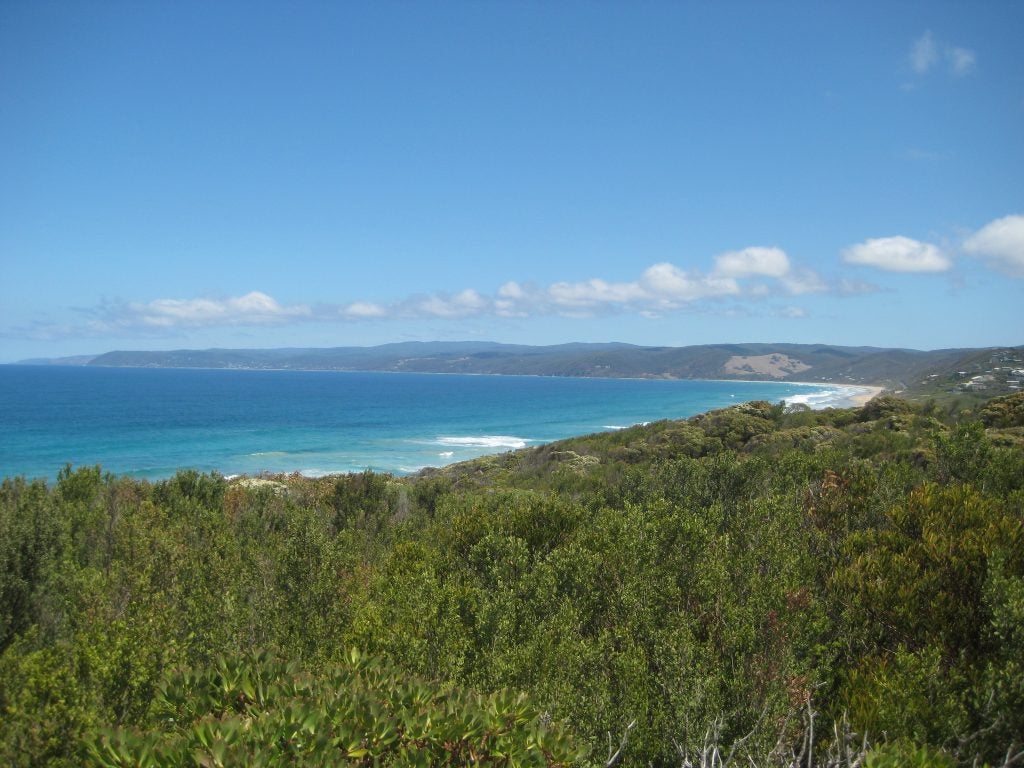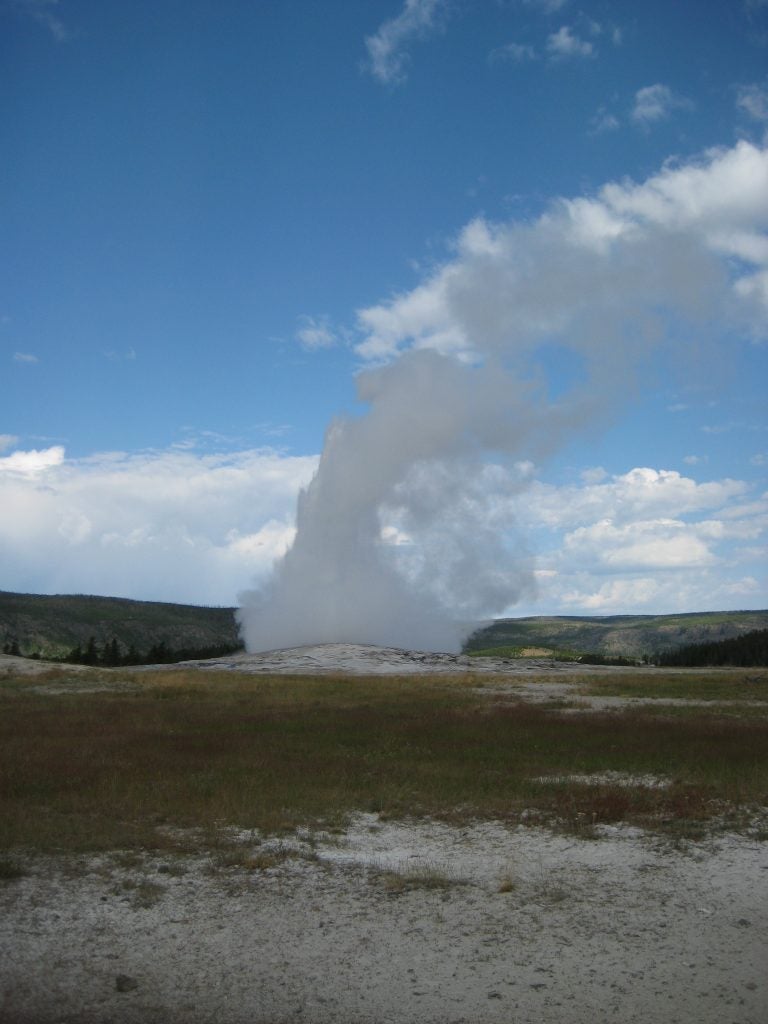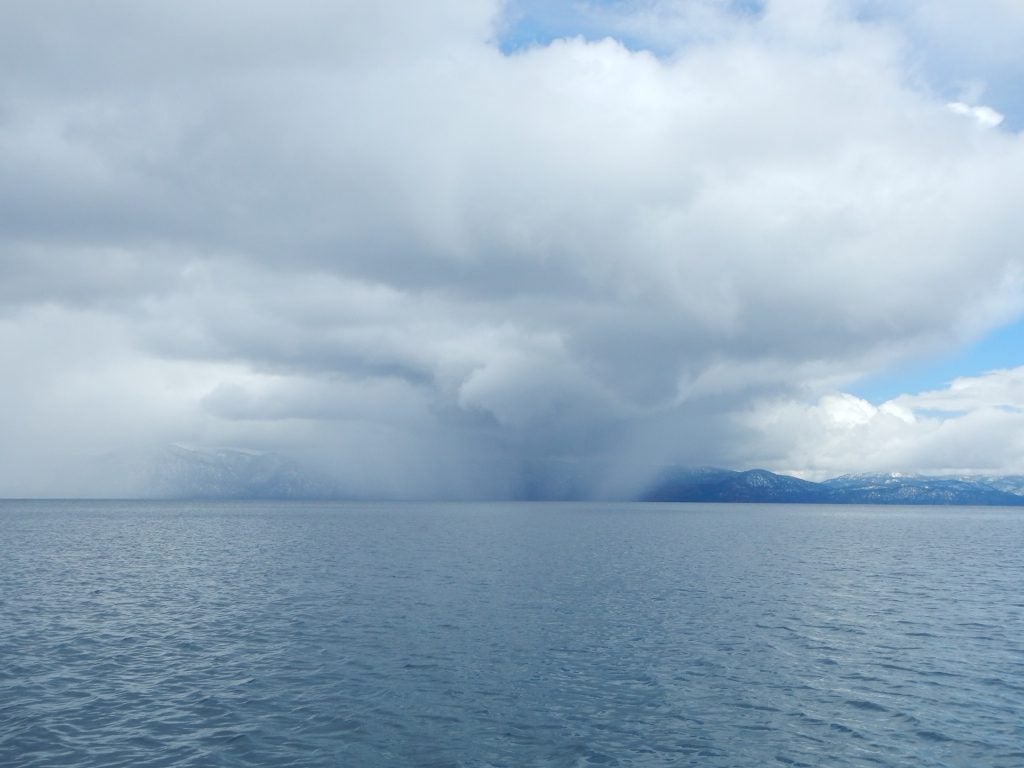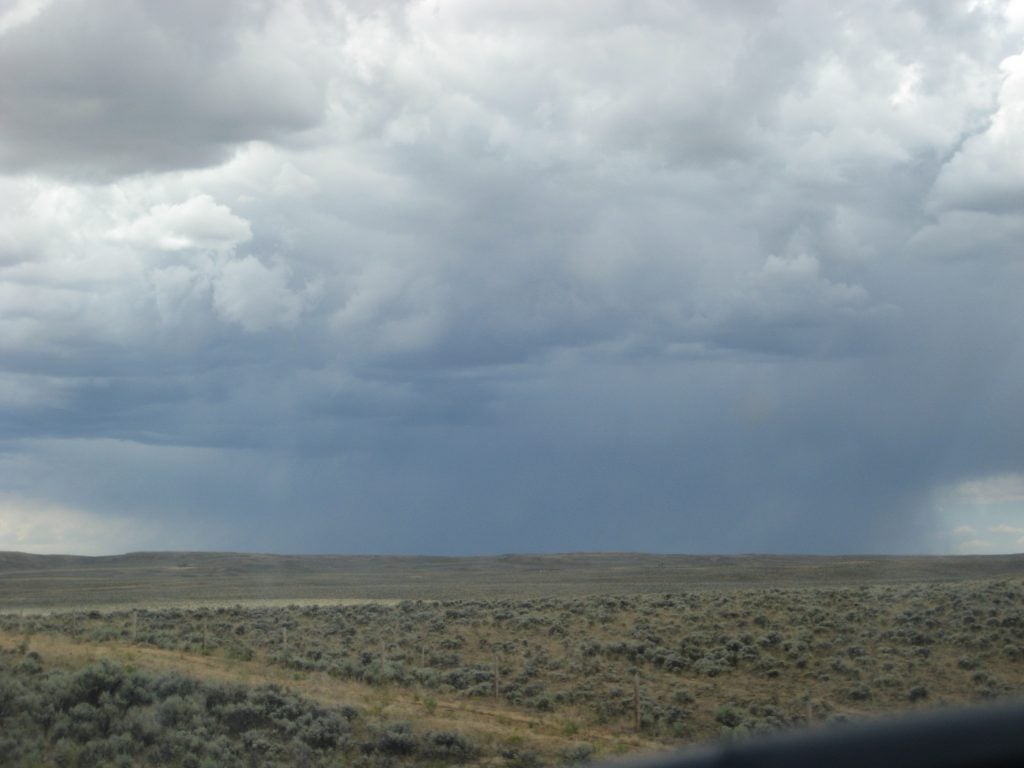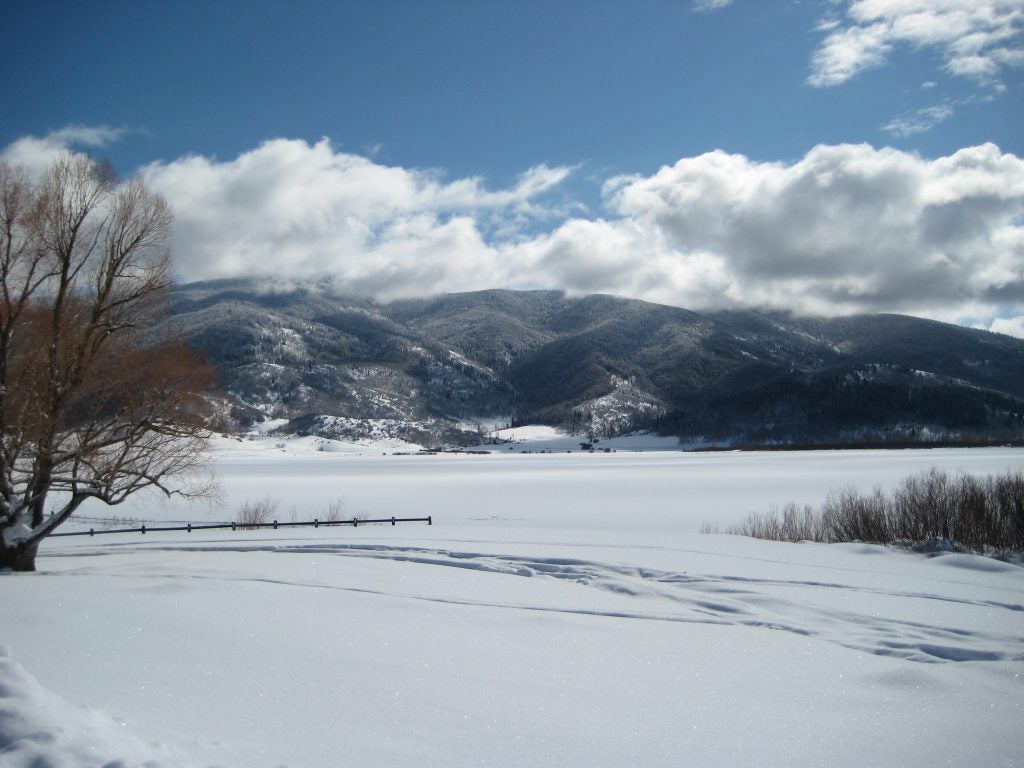I wanted to mention one thing about a recent paper which used the ICON general circulation model to simulate states of radiative convective equilibrium over ocean. The authors ran the model on 5 different domains of varying total area. The largest simulation was 256 times larger than the smallest. That’s an impressive range! The authors convincingly show that the domain size affects many aspects of the simulated atmosphere, but the one I want to mention is the physical morphology of the aggregated, high moisture regions (their figure 6). The larger the domain size, the more structure there is in the moisture field. I’ve done a lot of work recently on the links between total moisture and cloud behavior, and I can say that all that variation in the moisture field is critical for clouds. We convective theorists have based a lot of recent thinking about the interaction of convection with it’s environment on the results of RCE simulations, but very few people have thought about the sensitivity of these ideas and theories to basic simulation properties (like domain size or shape) on the kinds of scales these authors do. I agree with the authors that their results suggest a few new avenues of inquiry that could be rather revealing.
My Tweets
UC Davis Cloud Library
Archives
- May 2025
- November 2024
- October 2024
- September 2024
- November 2023
- October 2023
- May 2023
- November 2022
- October 2022
- September 2022
- July 2022
- April 2022
- February 2022
- December 2021
- November 2021
- June 2021
- January 2021
- November 2020
- October 2020
- September 2020
- August 2020
- July 2020
- February 2020
- January 2020
- November 2019
- October 2019
- September 2019
- July 2019
- May 2019
- April 2019
- February 2019
- January 2019
- November 2018
- October 2018
- September 2018
- June 2018
- May 2018
- March 2018
- January 2018
- December 2017
- November 2017
- October 2017
- September 2017
- August 2017
- July 2017
- June 2017
- May 2017
- April 2017
- March 2017
- February 2017
- January 2017
- December 2016
- November 2016
- October 2016
- September 2016










